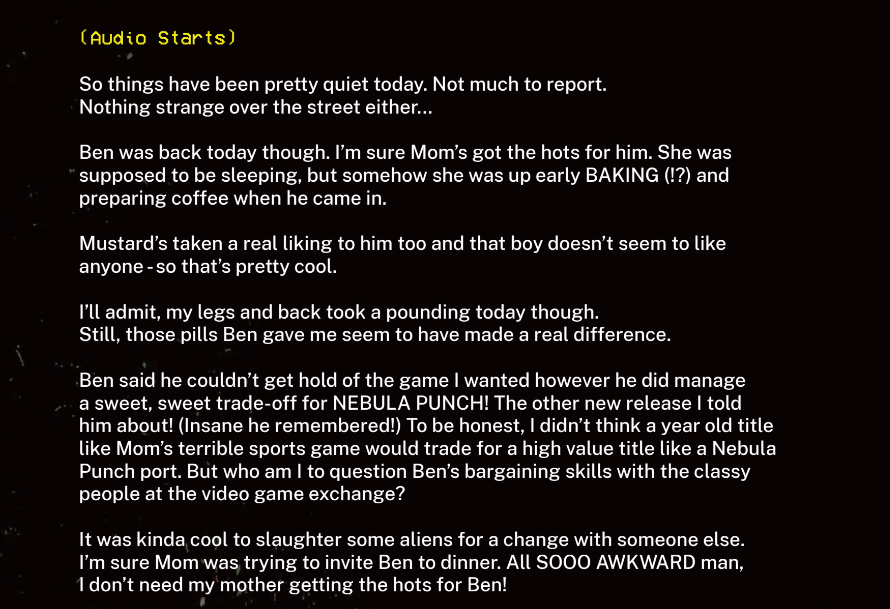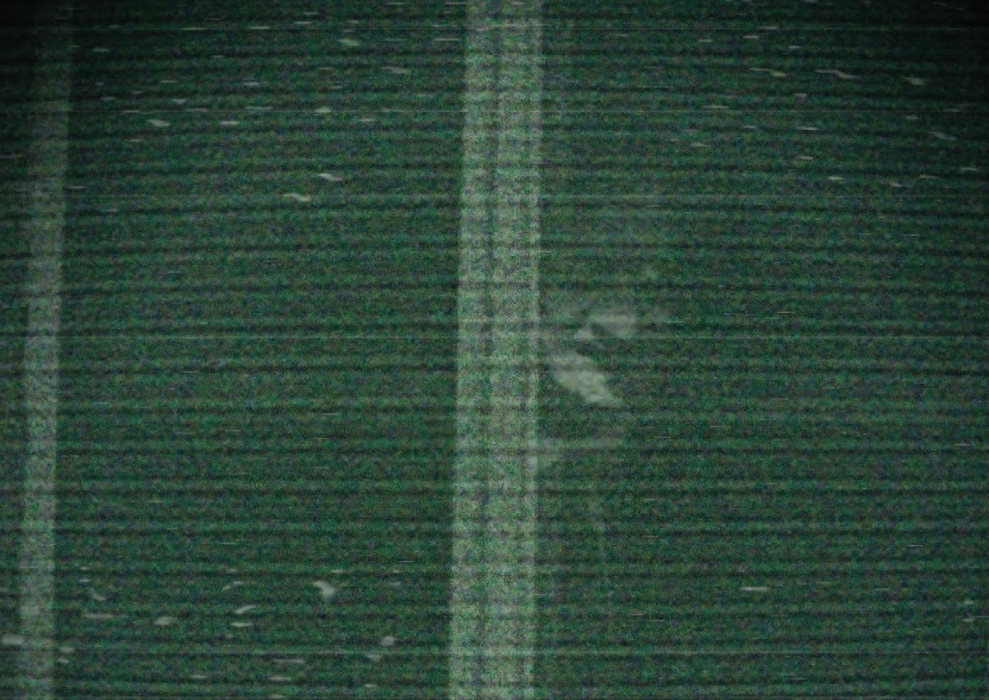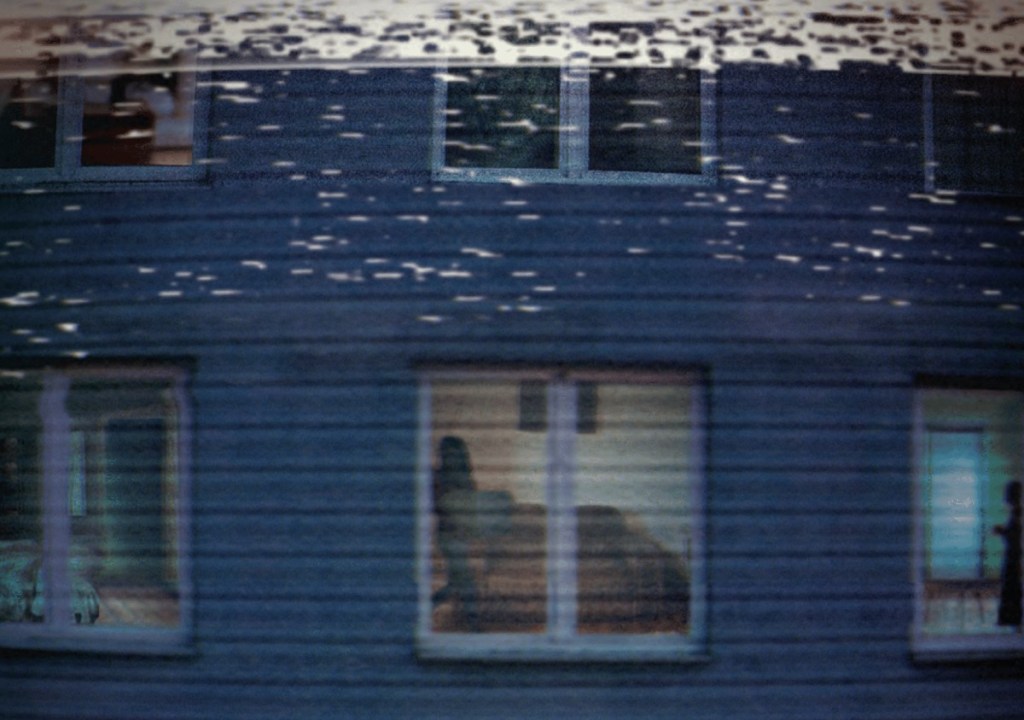Found footage horror is a sub-genre I’m particularly fond of, and it’s always at its most exciting when creatives push the boundaries of what that can be. T. W. Burgess’ meta novel Mister Howl converts it into a rather unique form, and is no less compelling for the change.
How does found footage work as a book you say? Well, the answer is by applying the cataloging approach of the cinematic variant to the journalistic documentation of a point of view. Think Max Brooks’ World War Z or Devolution, but here largely contained to the findings of one teenage boy.
Our documenter for a most disturbing journal is one Jay Marks, a 15-year-old confined to a wheelchair after a nasty injury. He’s got a lot of time on his hands, and a few tools to help pass it. While he does what most would (well, I would) and uses his newfound free time to play video games, he also has a camera, a camcorder, a roving eye, and an active imagination. The camcorder is supposed to be so he can record his rehab, but he finds a quite different use for it.

Across the street from Jay is an apartment complex, allowing him ample opportunity to play amateur voyeur. At first, he’s happy enough making up backstories for the various tenants he sees, but one night he sees something attack a resident of the apartment complex. Jay isn’t sure if the mysterious figure is human, and he can’t cross-reference it with any of the tenants he knows. So begins Jay’s nervy obsession with documenting the one he calls Mister Howl.
The idea is we’re finding Jay’s document of the events across the way 20 years after the fact. The period nature of Jay’s limited toolset to capture the haunting he witnesses gives the book a great sense of time and place without littering it with obvious cultural nods. Take the convoluted manner in which Jay catalogs his camcorder footage in the book by taking a photo of stills playing on his CRT TV. The multi-layered dilution of these images lends them a disturbing aura as fading echoes of the past. Burgess has effortlessly recreated that dilution, bringing me a strangely personal nostalgia for a time where it wasn’t quite as easy to simply capture and share your findings as it is now, leading to hodgepodge methods such as this.
Taking the digital aspects of Jay’s documentation and returning them to this kind of analogue form works surprisingly well in building a creepy atmosphere. Voice recordings are also transcribed, and everything we get is first-hand from Jay. Found footage is largely about first-person perspectives, and Mister Howl is no different, but the medium affords it a freshness.
Perhaps it’s telling given Burgess’ involvement in video games in his career, but Mister Howl is reminiscent of some small-scale indie horror titles I’ve played that use a limited toolset to adapt found footage for the medium. I’d say Mister Howl is closer to those kinds of visual novel-orientated titles than it is a Blair Witch Project or Lake Mungo (whilst still clearly being touchstones). The investigation of Jay’s evidence feels more hands-on and personal than witnessing it in cinematic form. It’s certainly why it is so effective as a bridge between horror mediums.

The wordy road to the payoff in Mister Howl is worth it as the final stretch ratchets up the terror and unease as things get decidedly dicier. There’s a Rear Window comparison to be made in the structure, but it’s an entirely complimentary one as Mister Howl evokes the curious voyeurism and maddening feeling of a small-scale conspiracy nobody else wants to believe in Hitchcock’s classic movie.
What’s most important about Mister Howl though, is that it does play out like a window into someone’s past. The reader is basically being invited to pore over someone’s private journal, and the illicit thrill of learning about someone’s day-to-day life. The difference here is that you get more than you’d normally bargain for in reality. We get to know the kind of person Jay was back then, and that never gets lost even as his casual voyeurism becomes something so much more sinister.
Mister Howl is a fascinating concept for a book that Burgess has admirably pulled off. My appreciation and love for found footage has been expanded in a new way by this smart conversion of the sub-genre to another medium.
You can buy Mister Howl here.










